
14 Jan Planning a great sub-brand
You’re looking to expand but how will your brands relate to each other? Your brand architecture not only defines who you are but also helps consumers select the right product or service. Sub-brands generally help us achieve the following:
- Launch a new product or service
- Widen the appeal of the master brand, such as targeting men instead of only women. This might be a new men’s range of an existing moisturising lotion
- Emphasise the appeal to a segment of the existing target audience, such as targeting the wealthiest parents with a more expensive and stylish range of children’s buggies, car seats, etc.
Before you branch out it’s important to know what types of sub-brands are out there.
Here’s some examples of the most common types of brand architecture models.
1. House of Brands
One brand house manages a series of unrelated, independent brands that have little relationship to the brand house or each other. Each brand offers its own value to its target customer.
Think: Parents with adopted children
Examples: Unilever with Persil, Dove, PG Tips, Walls or General Motors with Cadilac, Buick, Chevrolet, GMC.
2. Endorsed brands or hybrid brands
Each brand is endorsed by the master brand and carries some of its value, but the sub-brand also has a distinct brand identity of its own. This works well for things that have a spectrum like budget to luxury hotels.
Think: Cousins as opposed to siblings
Examples: Marriott with Courtyard, JW Marriott, Residence Inn, Ritz Carlton or Sony with Playstation, Bravia, Walkman, VAIO
3. Branded House
One master brand (parent brand) gives its own brand to each of the sub-brands. The identity of the sub-brands are similar to the parent brand and each other.
Think: A family who all look similar to each other
Examples: Google with Chrome, Maps, Translate, Plus or BMW with 3 series, 5 series, Z4, X5
Successful sub-brands and why we love them
Internally we’ve come up with our own awards; for best brand integration, brand consistency, brand longevity, brand font, brand understanding, brand satisfaction and not forgetting (drum roll please) the Ultimate brand award.
W&T Brand Integration Award
There’s no mistaking that each of these brands belong to the Virgin yet each of them also has a very strong identity of their own suitable for the service it delivers.
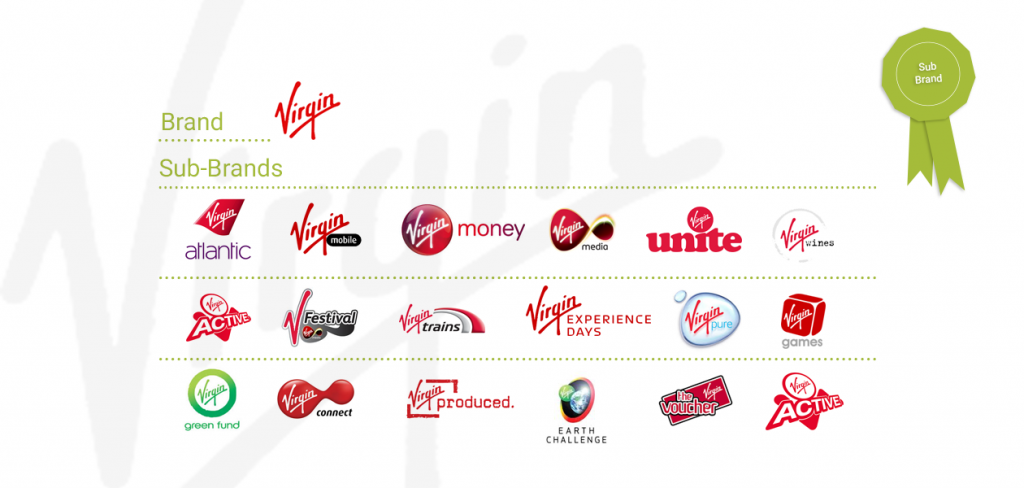
W&T Brand Consistency Award
Each of the brands is anchored by the signature purple ‘FED’ and identified by its own colour. It is very easy for the audience to a) recognise the FedEx brand and b) identify what each service can offer them.
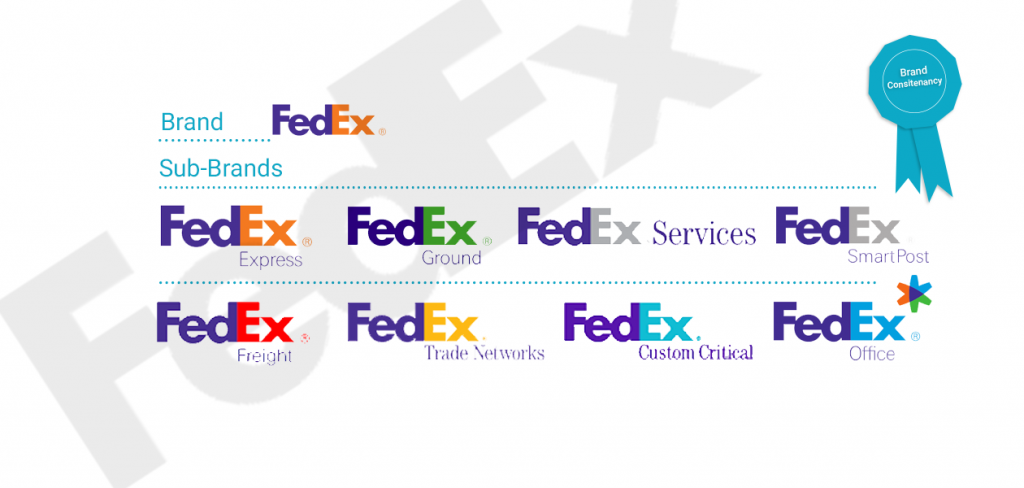
W&T Brand Longevity Award
Coca-Cola choose to use their logo (barely changed since the 1900s) through its Coke range alone. This links the brand to the age of the company and its original product. Totally recognisable and full of tradition.
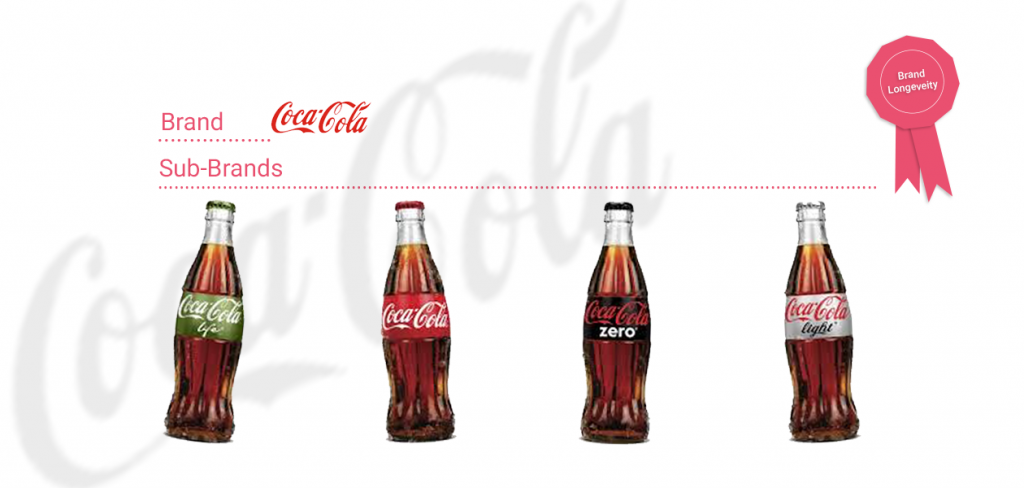
W&T Brand Font Award
The striking black and the signature ‘A’ delivers a really strong family feel. Simple and stylish.
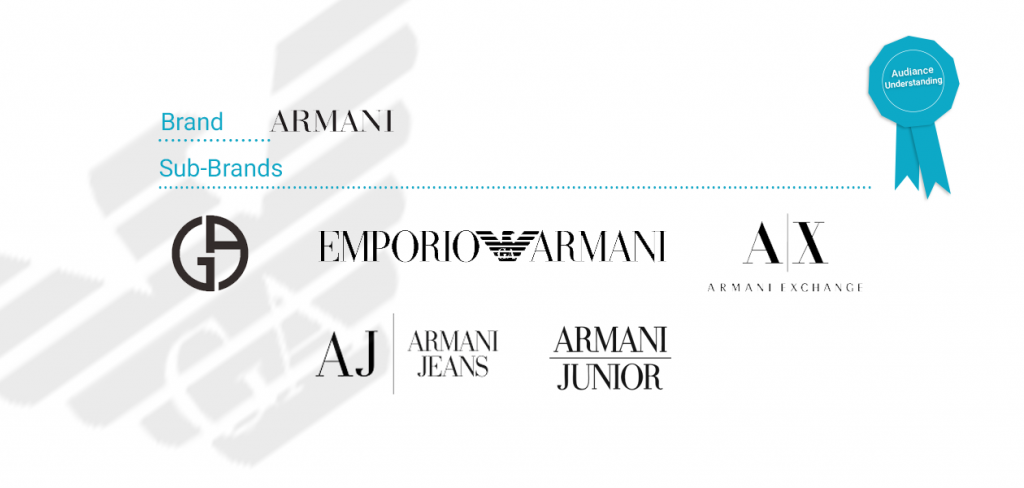
W&T Audience Understanding Award
Channel 4’s research taught them that their ‘4’ was the most powerful part of their brand. So they went to town and created loads of brands with the ‘4’ at the helm.
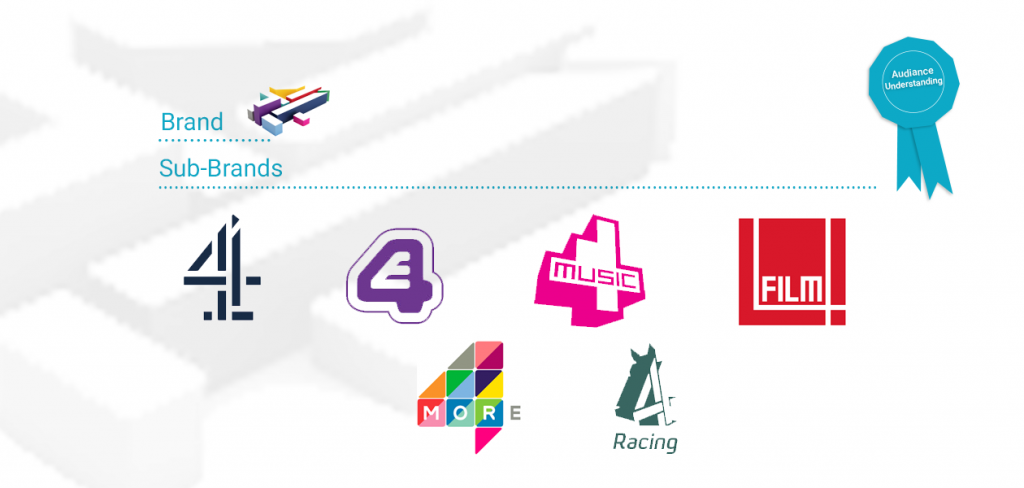
W&T Brand Satisfaction Award
Simple, consistent and very very cute. We love the use of symbols to bring these brand to life in a very harmonious and satisfying way.
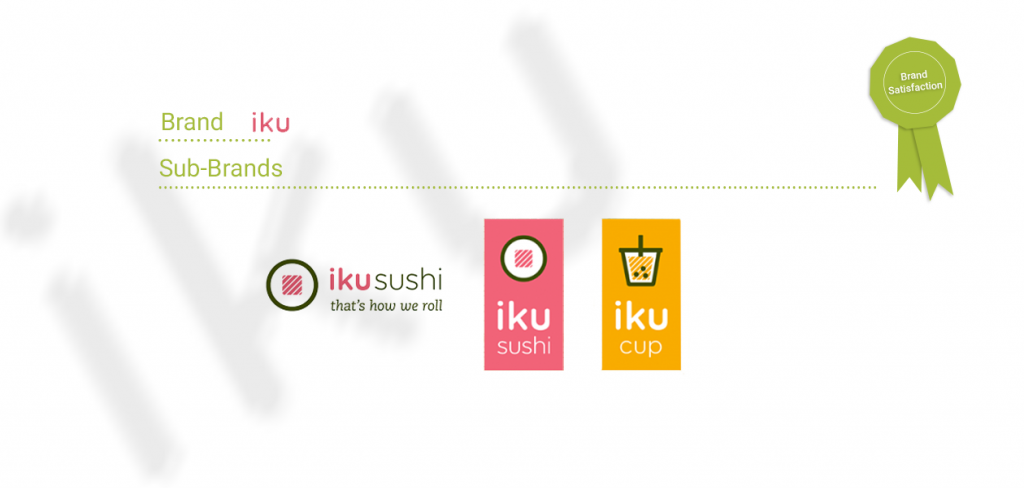
W&T Ultimate Brand Award
Rated by Forbes as the most valuable brand in the world, Apple have an uncanny ability to project their style and quality on you, holding any of their products automatically increases your status. It’s like magic!
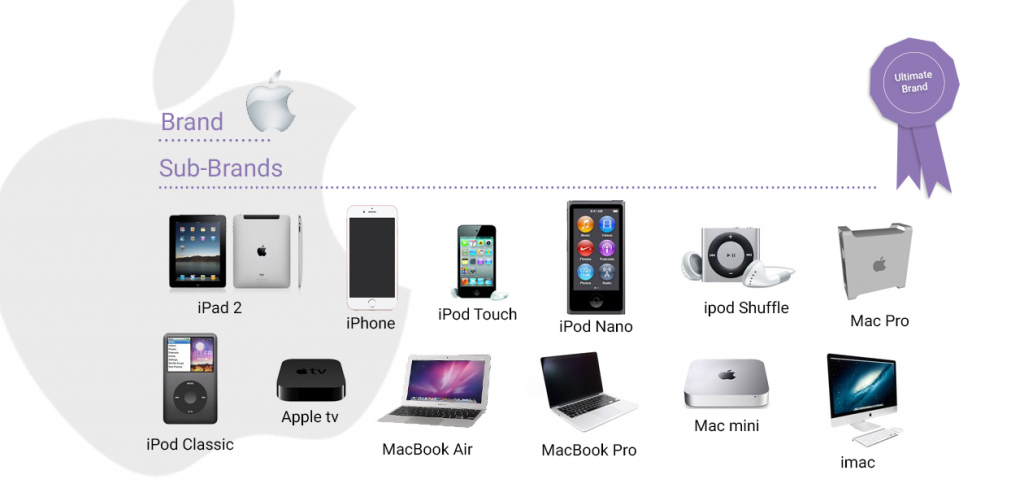
Advantages and disadvantages of sub-brands
PRO: The great thing about creating a sub-brand is that you can use the power of your existing brand to give the new brand a credibility boost at the point of launch.
CON: However, the downside of this, is that if the new brand fails it will damage your existing brand too. It may also be the case, particularly for SMEs that the existing brand isn’t strong enough to carry a new brand and that the weight of doing so may be bad for both.
PRO: Sub-brands also allow you to attract a new target audience through a different price point, style or value proposition.
CON: However, this can also run the risk of either confusing your existing brand or diluting it.
Sub-brand vs brand extension
We often find people confuse the need for a sub-brand with the need for a brand extension. A brand extension might be a low-fat range of the same yoghurt (Muller Light). These products don’t need a whole new brand, they are just an extension of the existing brand. Creating a sub-brand here would be wasteful and confusing. The Well & Truly rule of thumb is create as few brands as possible.
However, if you do decide to go for a sub-brand then be careful not to make the new brand too bold because then it won’t benefit from your existing brand. On the other hand if you make it too weak then you will fail to reach that new audience segment you were after.






No Comments